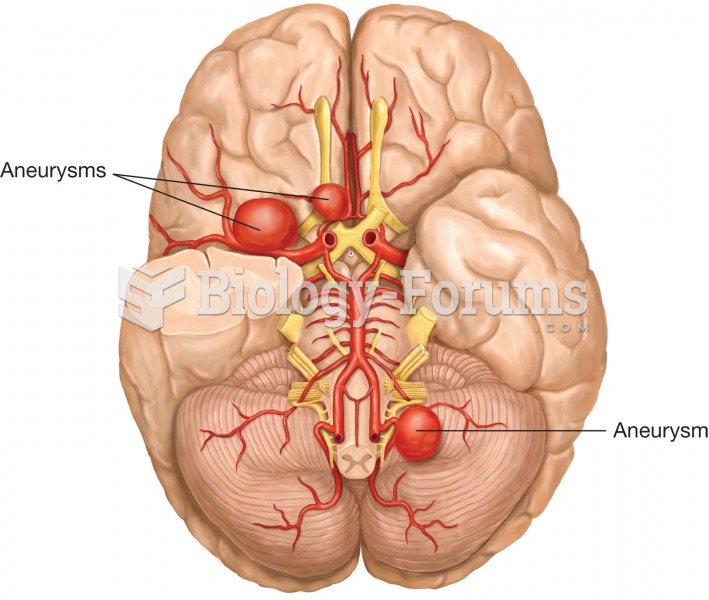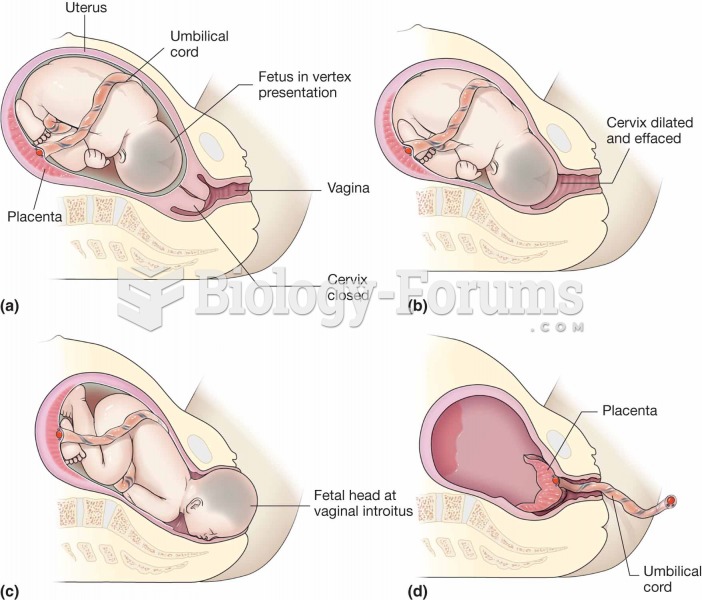|
|
|
Did you know?
If all the neurons in the human body were lined up, they would stretch more than 600 miles.
Did you know?
Vaccines prevent between 2.5 and 4 million deaths every year.
Did you know?
More than 20 million Americans cite use of marijuana within the past 30 days, according to the National Survey on Drug Use and Health (NSDUH). More than 8 million admit to using it almost every day.
Did you know?
The FDA recognizes 118 routes of administration.
Did you know?
There are over 65,000 known species of protozoa. About 10,000 species are parasitic.







